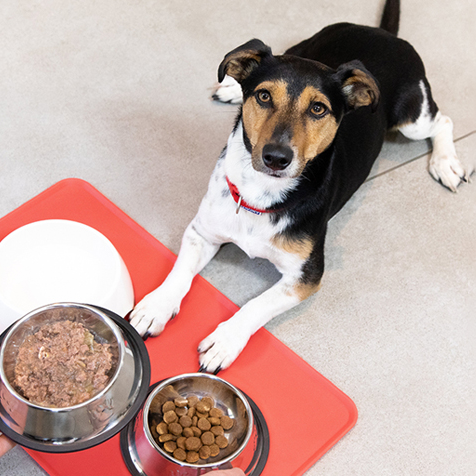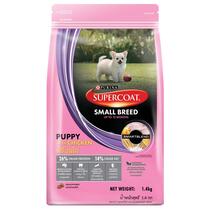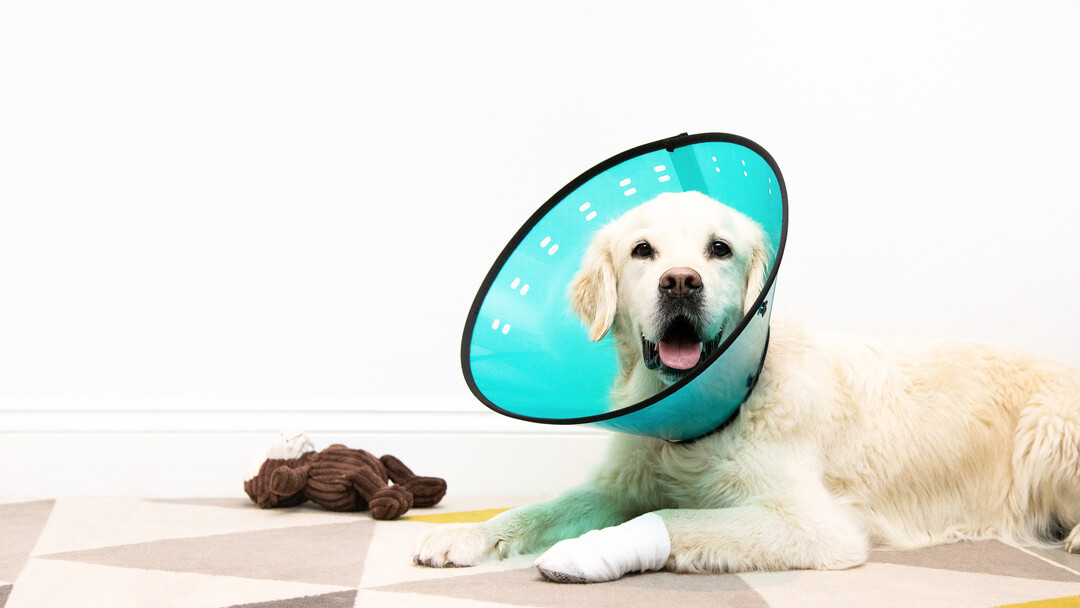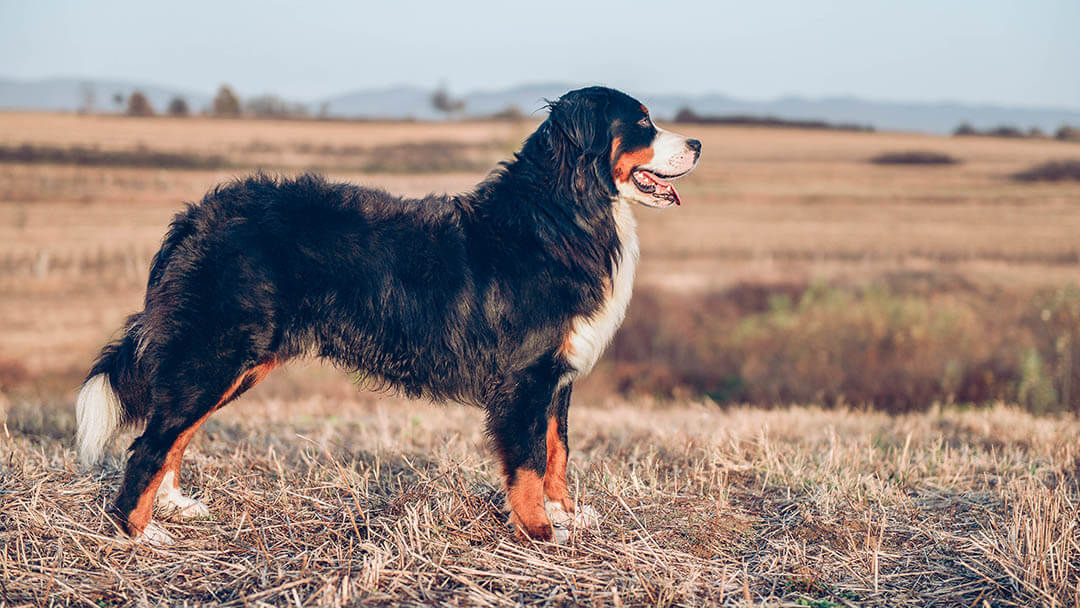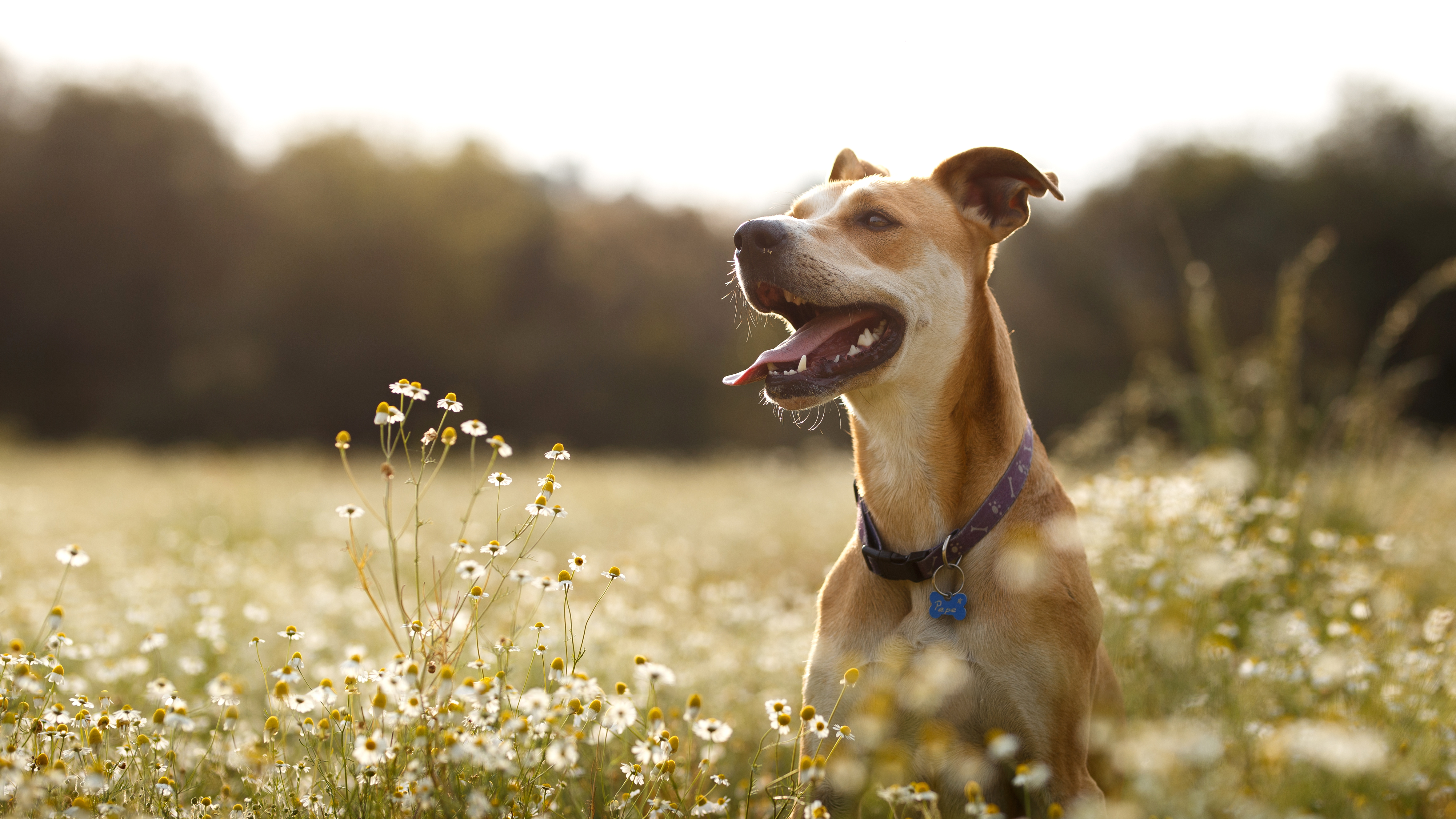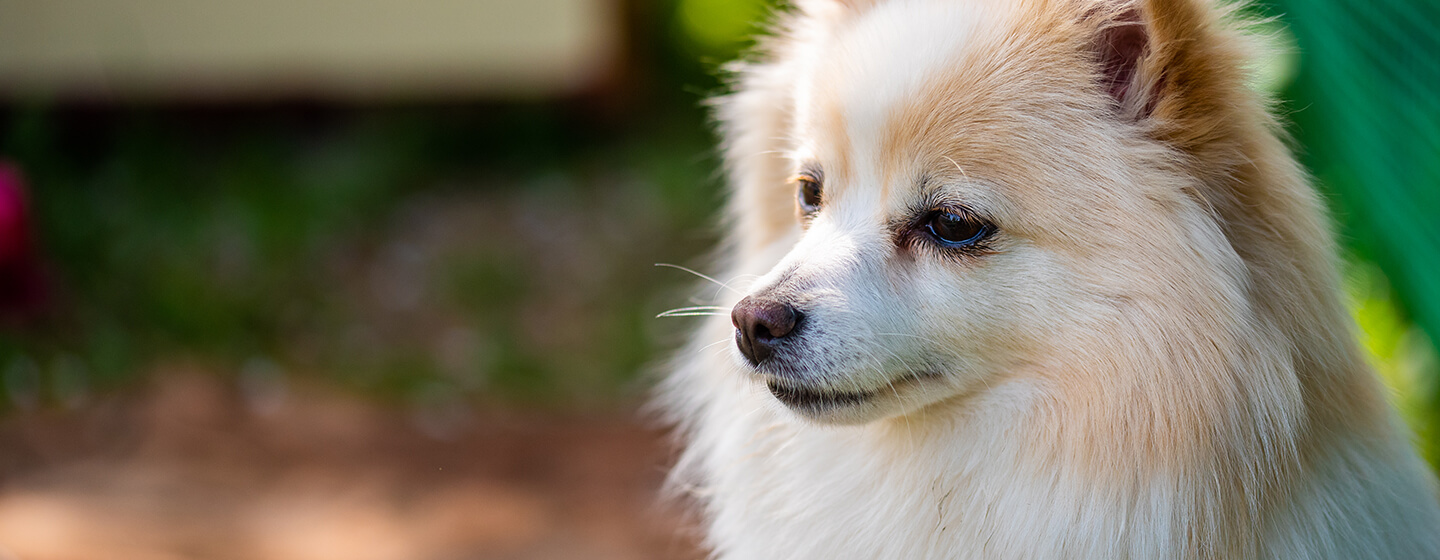
Kidneys are very busy organs that have lots of responsibilities to keep your dog healthy, from removing toxins to maintaining their blood pressure and helping to create new red blood cells. With so many jobs to do, it can be a scary time if you think your dog’s kidneys are failing, find out the common symptoms and possible treatment options for kidney failure in dogs with this guide.
Kidney disease in dogs can affect any breed at any stage in their life and sadly, there’s no way of predicting which will develop it and which won’t. Although there’s nothing you can do to actually prevent your four-legged friend from developing kidney failure in dogs, feeding them a good quality diet throughout their life, and providing them with a constant supply of fresh, clean water will help support their kidneys and, if they do develop kidney failure, it could help to slow down its progress.
We’ve created this guide to tell you the most common causes of dog kidney disease and failure to give you all the information you need.
Acute kidney failure in dogs
If your dog has acute kidney failure it means that their kidneys have suddenly stopped working properly. This can be caused by something such as an illness or infection, or because they’ve eaten something they shouldn’t, like antifreeze. Acute kidney failure in dogs may be able to be treated and reversed but could also be permanent, depending on what has caused it.
Chronic kidney failure in dogs
Chronic kidney failure is more gradual and can take months or even years to develop. It can be caused by a number of things including infections and tumours and unfortunately, by the time it’s diagnosed, it’s sometimes too late to reverse.
In the early stages of disease, the healthy areas of the kidney take on the extra work that the damaged areas can’t do, meaning that healthy parts work even harder than usual. As the disease progresses, and the unhealthy areas start to outnumber the healthy, the workload simply becomes too much and your dog will show signs of kidney failure.
Chronic kidney failure in dogs is a progressive illness that your vet will need to keep an eye on, but it can usually be managed with a combination of medical treatments and a special diet.
Signs of kidney failure in dogs
There are a number of possible signs of kidney failure in dogs and each dog is different so there’s no guarantee that they’ll experience the illness in the same way, however, the most common symptoms are as follows:
- Urinating more often – urine will usually be very diluted
- Increased drinking to replace lost fluids
- Nausea and vomiting due to build-up of toxins
- Retching or going off their food
- Tiredness and lethargy
- Weight loss
- Pale gums
- Mouth ulcers
- Fragile, weak bones
Be careful about trying to diagnose kidney disease yourself, as the signs of kidney disease in dogs can also be a symptom of other illnesses. The sooner you see your vet for a proper diagnosis, the better. Although there’s no cure for kidney disease, early treatment will help to relieve the discomfort caused by the symptoms and support your pet’s kidneys.
Diagnosing kidney disease in dogs
When diagnosing kidney disease in dogs, your vet will start by testing a sample of pee to see if your dog’s urine is being concentrated, whether protein is being lost in their urine and if they have any other problems, like an underlying infection. They might also take a blood test to check for specific kidney function, to get an idea of your dog’s overall health and to see if the build-up of toxins has affected any of their other organs.
Monitoring the condition
Your vet may ask you to collect a sample of your dog’s urine as a part of monitoring their condition. The best time to collect your dog’s urine sample is first thing in the morning, ideally in mid-flow. How you physically collect their pee will depend on whether you have a male or female dog but plastic lunchboxes or soup ladles can come in handy! Your vet will probably provide you with a sterile container to store your sample in or you can use a container such as a clean jam jar (any residue can affect the results, so do make sure the container is very clean).
The fresher the sample, the more accurate the tests will be, so try not to delay in getting the sample to your vet.
Dog kidney failure treatment
Depending on how severe the symptoms are, dog kidney failure treatment usually consists of a combination of medical and dietary interventions.
Medication
As kidney failure in dogs can impact so many different bodily functions and cause them to develop conditions such as high blood pressure or anaemia, your vet might recommend specific medications to help treat each symptom. Supplements may also be suggested to replace lost vitamins and help to improve some secondary effects caused by the disease. It’s important to remember to only give supplements and medications at the recommendation of your vet.
Diets for dogs with kidney failure
A special diet can reduce signs of kidney failure in dogs and slow the progress of the disease. Your vet may suggest a carefully balanced prescription kidney diet for dogs.
This food will have been formulated to meet your dog’s special needs and should always be your first choice if recommended.
Unfortunately, these special diets aren’t always the tastiest as they’re made to very strict recipes, so your dog might not guzzle it up with as much gusto as they do with their usual food. Bear in mind that a dog’s sense of smell and taste is around 200,000 times more sensitive than ours, so they’re bound to notice the difference! That said, don’t give up on your prescription diet just because your dog seems disinterested at first – with a bit of perseverance, they’ll come around in the end.
Introduce their new diet slowly
When feeding a dog with kidney problems, take things slowly, introducing their new diet gradually so they can learn to adapt to the blander flavours and different textures. Unless your vet says otherwise, start by blending a little of the new diet thoroughly into your dog’s original food. Then, each day, increase the quantity of the new diet by very small amounts, reducing the amount of their original diet proportionately. Ask your vet about portion sizes for the prescription diet, or use the guidelines on the packaging, because it won’t necessarily be the same as you’re used to feeding your dog.
Feed little and often
While your dog’s getting used to their new feeding routine try offering them smaller meals more regularly rather than one or two larger meals. You’ll need to avoid giving them treats when they’re on their special diet anyway, so more regular feeding might help fill those gaps.
Warm their food up to make it more palatable
You can also try to make their new diet more palatable by slightly warming wet food in a microwave to release aromas and soften its texture. If your dog is used to wet food but the prescription diet is dry, try soaking the kibbles briefly in warm water to soften them.
The changeover process can take anything from two to six weeks to complete, but it’s worth the extra time and effort to keep your furry friend as fit and healthy as possible. With a good quality diet and plenty of water, you and your dog should be able to carry on enjoying a healthy, happy life together.
That’s our guide to kidney failure in dogs and the current treatment options available. Want to find out more about symptoms to watch out for in dogs? Read our guide on kennel cough and how to treat it, next.



